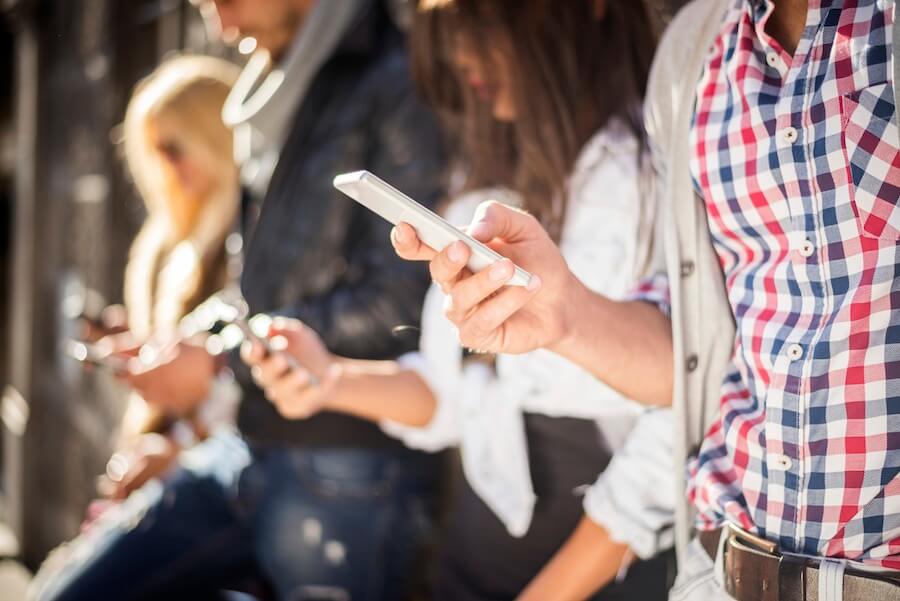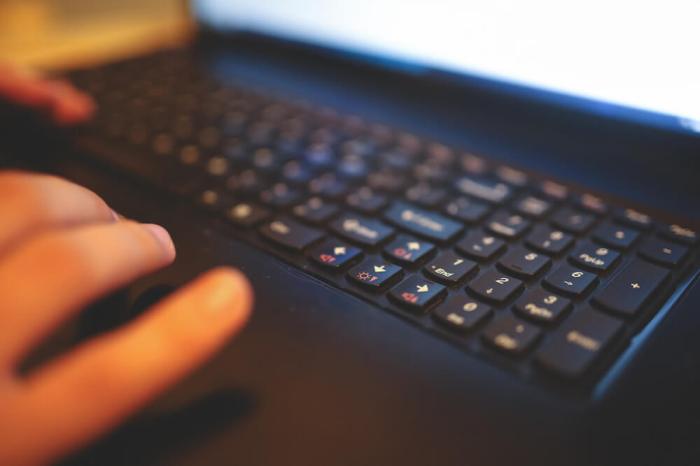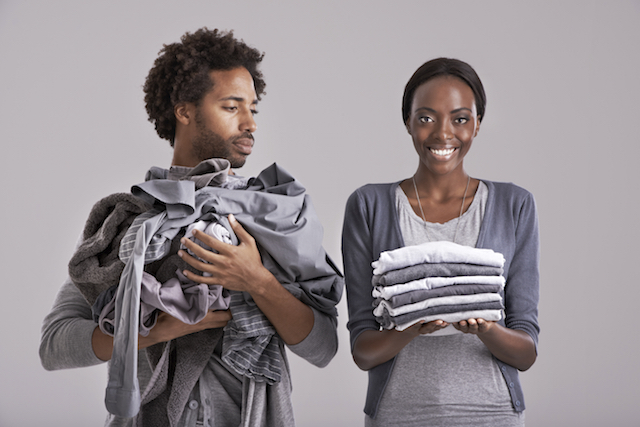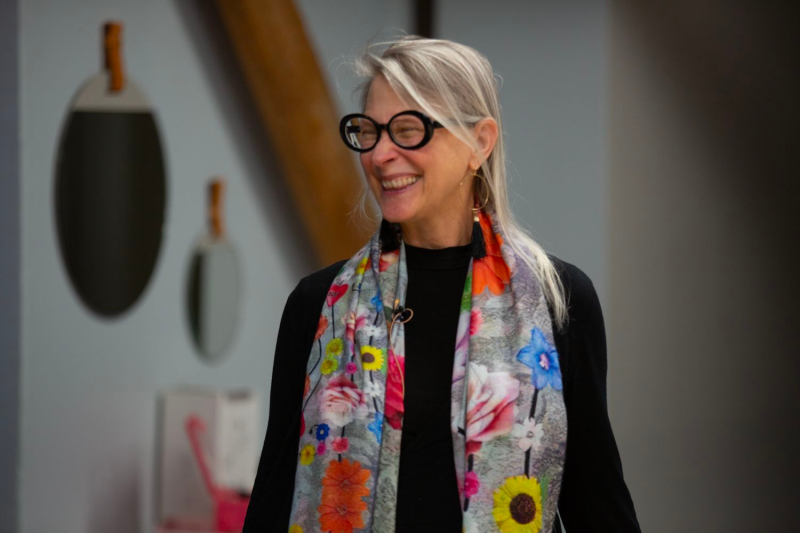When you’re constantly checking your phone, how many connections do you think you’re missing out on? If you were paying attention, you might see that cutie at Starbucks who tried to make eye contact or that person on the subway who wanted to say “hi,” but decided you weren’t approachable with device in hand.
These days, you might not even know the boy or girl next door.
According to a 2015 Gallop survey, more than half of us check our phones a few times an hour. Eleven percent of people even fessed up to checking their device every few minutes. Bottom line: potential partners are all around you and you’re missing them.
Proximity-based apps aim to close the gap so you can connect device-to-device with those who are nearly face-to-face.
RELATED:Single & Swiping: 5 profile pics you need to delete right now
Cheekd uses your phone’s Bluetooth to connect you with matches nearby. When you’re within 30 feet of another single, it will send you a notification. If you both opt-in, the messaging and flirting can commence.
Happn shows you matches you’ve crossed paths with naturally in life. Each time you are within 250 meters of a match, they appear at the top of your newsfeed — and it will even show you the intersection where you encountered each other.
The irony is that these apps are a throwback to the first few dating apps ever developed – you know, before Tinder existed. And the old-school version of location-based apps weren’t even popular.
In 2009, when I started my business and the first dating apps launched, my clients were hesitant use them. “It’s creepy to see who is around me,” they told me. But today, my clients enjoy it instead. “I get to see guys I’m probably just missing on my commute,” one recently told me.
As a society these days, we’re less afraid of people on the internet and more concerned with having access to as many singles as possible to find the one.
Look up and see who is around you … or at least join apps like Cheekd or Happn to find out who you’re missing nearby.























